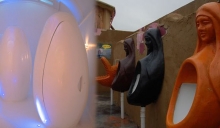
Humans have explored Mars for many years to handle the question of the possibility of breathing on Mars without spacesuits.
On Earth, oxygen is a crucial component of the air we breathe, taking up just approximately 21% of our atmosphere.
While Nitrogen constitutes the majority of the remaining composition up to 78%.
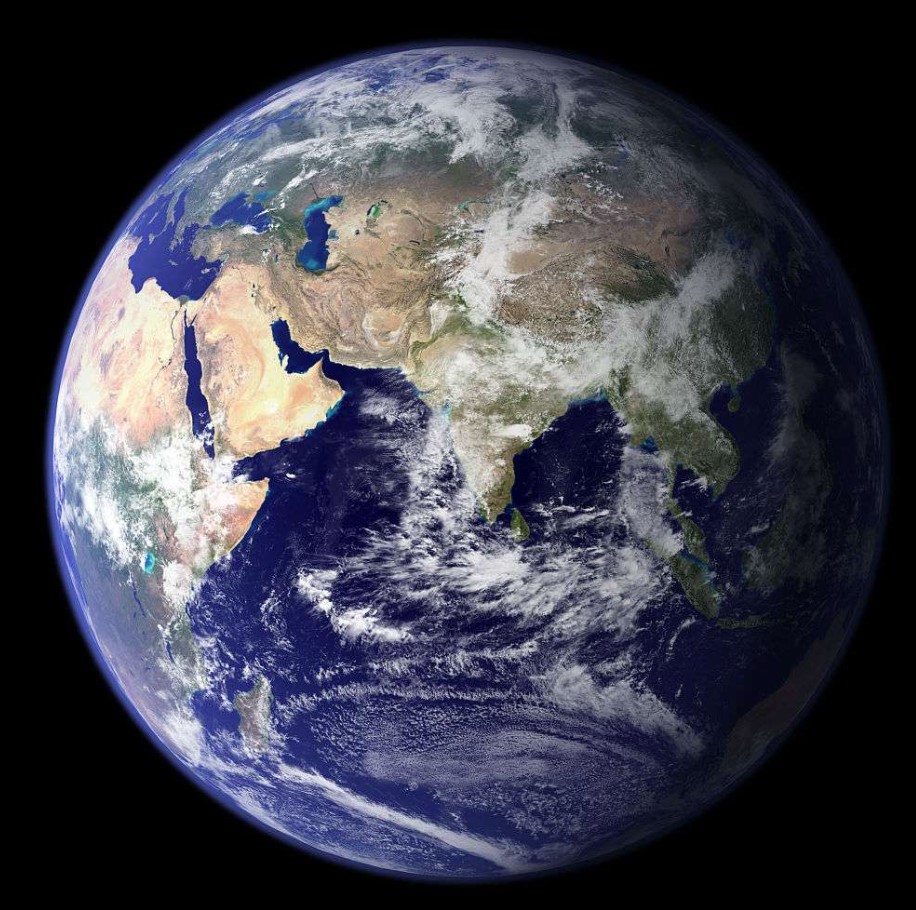
The balance of these gases supports the respiratory needs of human beings and many other forms of life.
However, the composition of the Martian atmosphere differs significantly from the Earth.
The Martian atmosphere is characterized by its thinness, comprising only about 1% of Earth's atmospheric volume, which means 99% less air exists on Mars than there does on Earth.
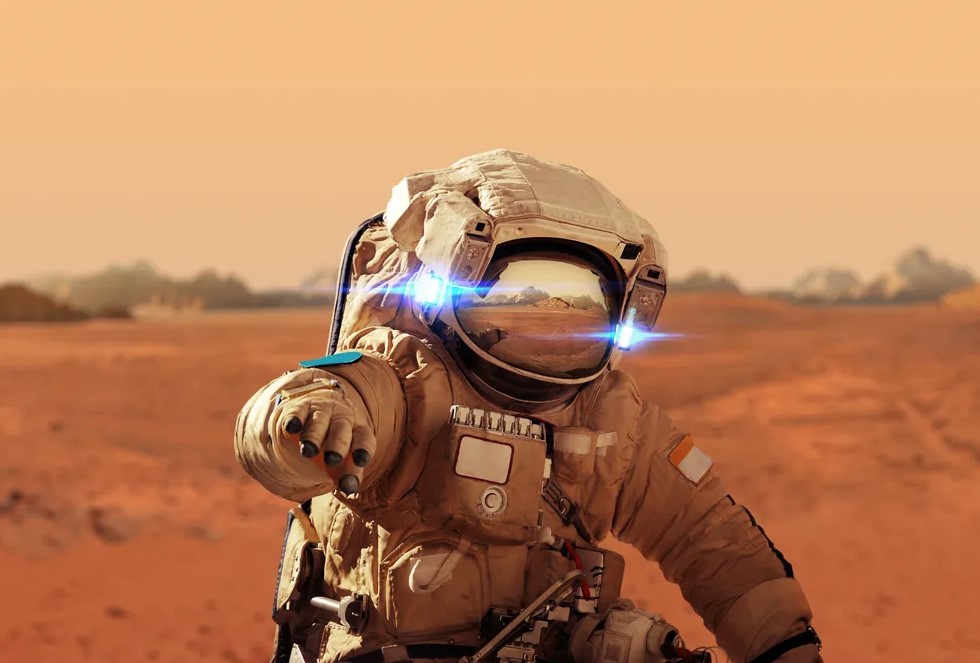
In reality, Mars has a smaller size and lower gravitational force, which allows atmospheric gases to escape into space more easily than on Earth, leading to Mars' great scarcity of air.
In addition, the predominant gas in the Martian atmosphere is carbon dioxide (CO2), accounting for a staggering 96% of the air composition. Otherwise, the percentage of oxygen in the Martian atmosphere is negligible, amounting to just one-tenth of one percent.
The lack of oxygen on Mars poses a significant challenge to human respiration.
As a result, humans will be immediately fatal if they try to breathe the Martian air without an amount of certain oxygen supply from spacesuits.
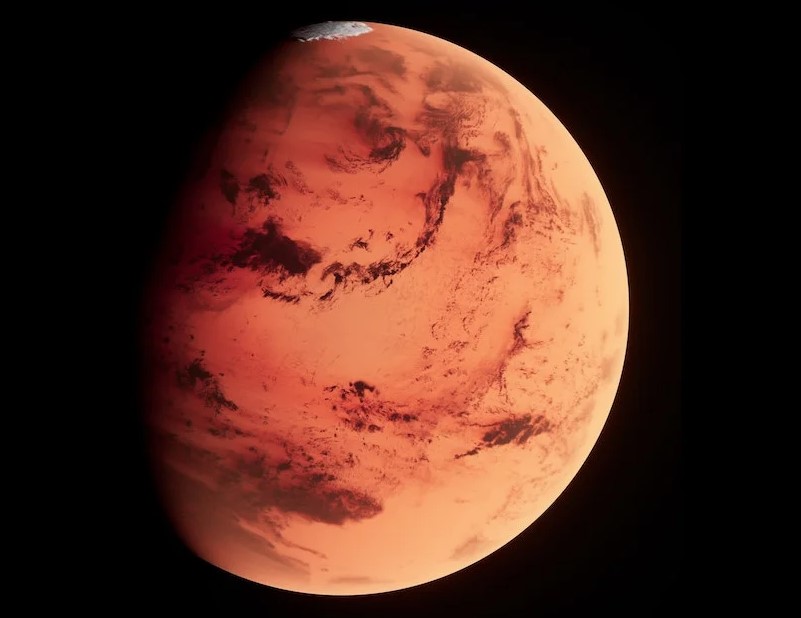
In addition, the low atmospheric pressure on Mars would further affect the inhospitable conditions, leading to the boiling of bodily fluids and other adverse effects.
Also, the surface of Mars has very little liquid water. The nighttime low is below -100 degrees Fahrenheit (-73 degrees Celsius), making the weather extremely frigid.
Scientists are nonetheless fascinated by the prospect of life on Mars, both in the distant past and in the present, despite these hostile conditions.
There is no specific evidence of life has been found yet, ongoing research and exploration missions aim to uncover signs of ancient Martian life.
Innovative technologies, such as NASA's Mars Oxygen In-Situ Resource Utilization Experiment (MOXIE), offer hope for future human missions to Mars.
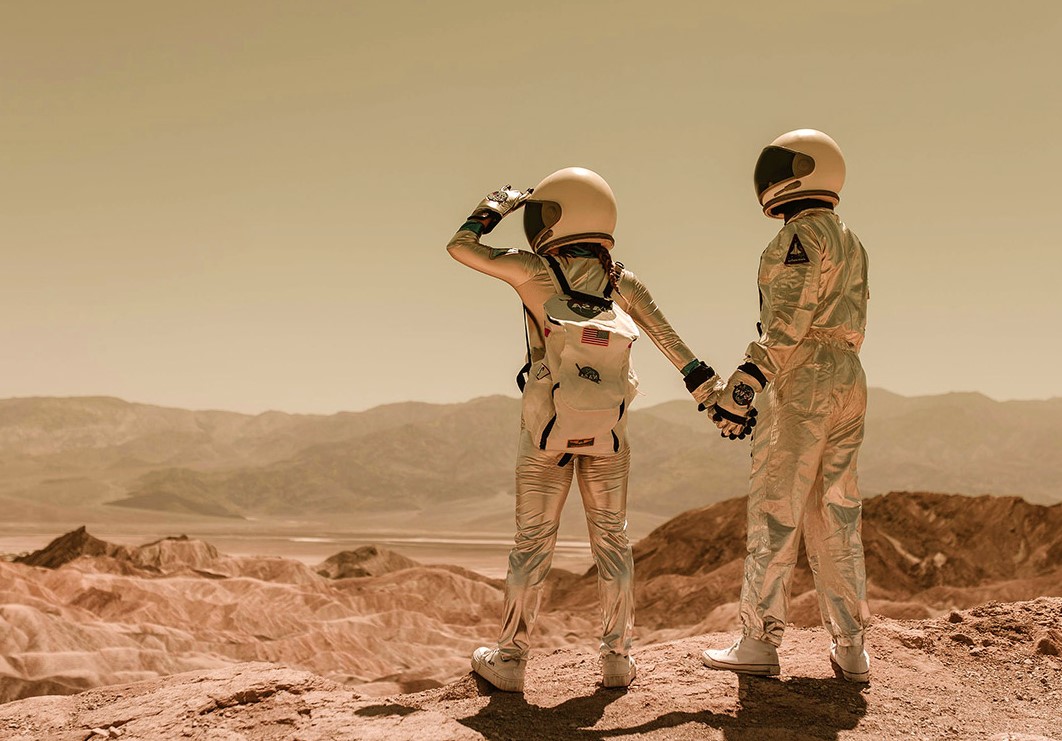
MOXIE aims to extract oxygen from the Martian atmosphere by converting carbon dioxide, potentially enabling astronauts to produce their oxygen supply and reduce the reliance on resources transported from Earth.
These advancements give hope for the eventual colonization of Mars, as the ability to generate oxygen locally would be a game-changer for sustaining human life on the planet.


